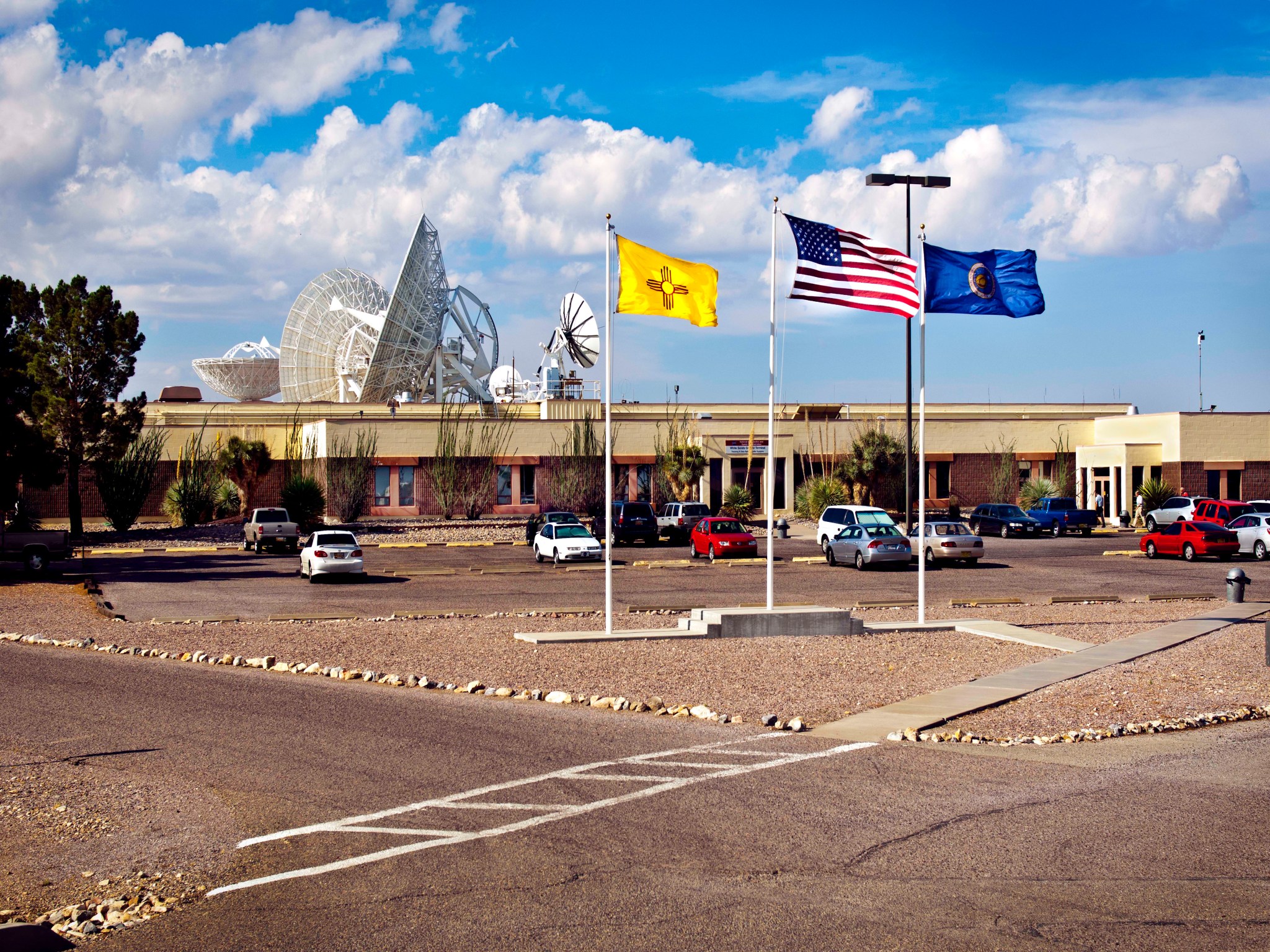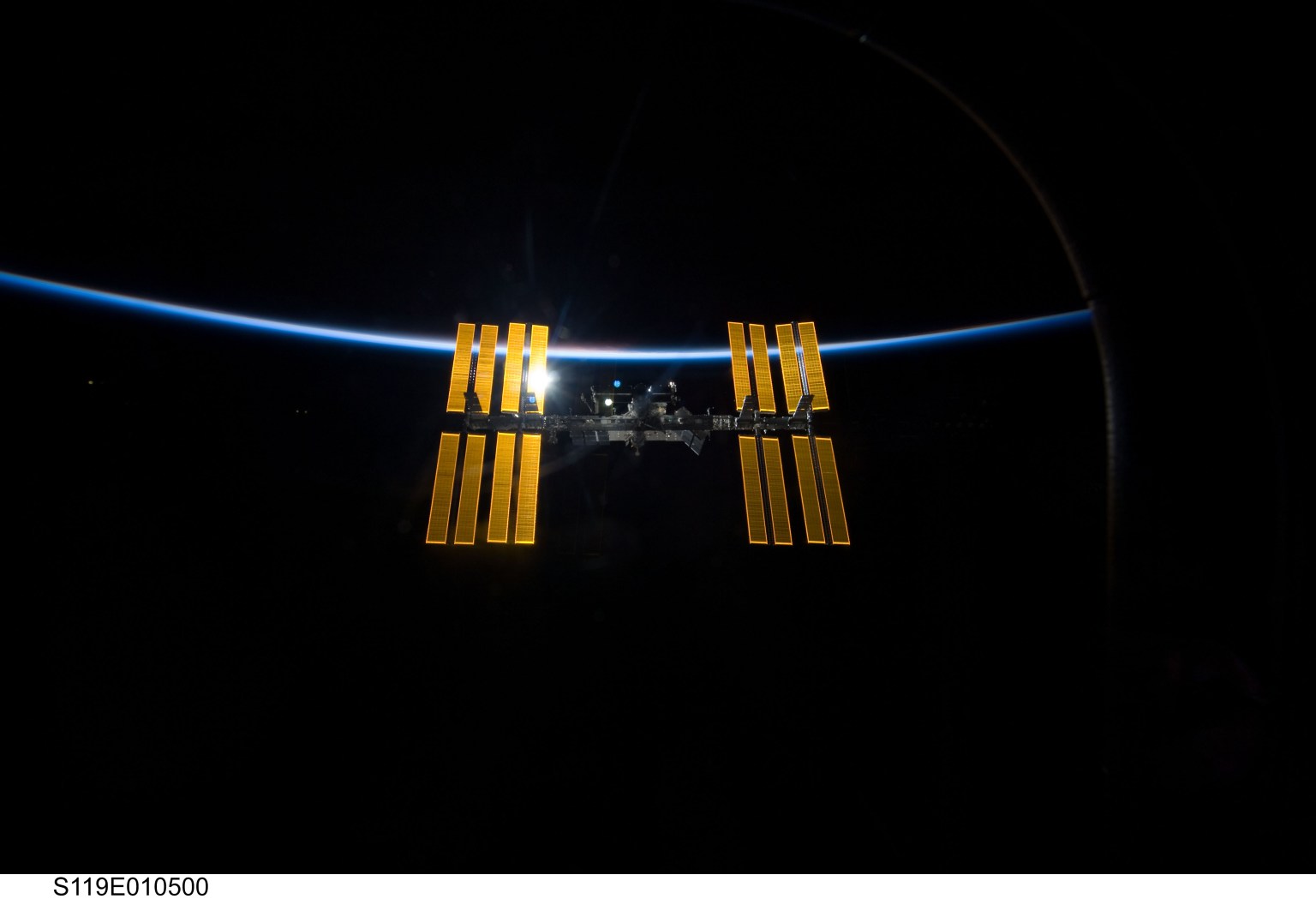Life aboard the International Space Station depends upon massive amounts of data, used for everything from commanding the station to providing real-time high-definition video and data on hundreds of science and technology experiments, to giving live TV interviews with astronauts. Every bit of that data travels to Earth via the Space Network, and starting soon, the network will transmit double the data in a single second than it ever has before.
The Space Network, composed of a constellation of Tracking and Data Relay Satellites (TDRS) and their associated ground stations, provides communication services to some of NASA’s most storied spacecraft, including the International Space Station.
Currently, the network provides connectivity to and from the station at 300 megabits per second (Mbps), twice the rate of a typical high-speed internet connection in American homes. The station transmits data to whichever TDRS spacecraft is in view, which, in turn, transmits it to ground terminals before it reaches a data center like mission control in Houston. The increased data rate will support new, more sophisticated instruments that require a greater data flow.
“Fundamentally, this upgrade of both the onboard and ground data communications systems enables an increase in the scientific output from the space station,” said Mark Severance, network director of human spaceflight at NASA’s Goddard Space Flight Center in Greenbelt, Maryland. “Increasing the data downlink rates from the station will allow the manifestation of new experiments and technology demonstrations that have higher data-rate requirements than could previously be accommodated.”
Increasing the data rate begins at the network’s remote ground terminal in Guam. The team installed a 300 Mbps data downlink capability at the Guam facility to increase data-flow capability to and from the station to the current standard. They will now install upgraded hardware at the White Sands, New Mexico, and Guam ground terminals to enable the space station to double its data return.

Data transmitted by the station includes time-sensitive, mission-critical data like information about the crew’s health, the status of the station’s systems, results from onboard science experiments, as well as every single social media post and interview. Flight controllers at NASA’s Johnson Space Center in Houston receive the station’s tracking and command data primarily from the SN.
In addition to the space station, the network makes connections, recorded as “events,” with more than 40 other NASA missions, including the Hubble Space Telescope. In total, the network handles more than 900,000 minutes of data a month with over 13,000 communication events. This equates to, on average, 28 terabytes of information every day, which is about 1,100 single layered Blu-ray discs.
“The project is committed to evolving the Space Network to enable new mission concepts by simplifying customer interfaces, increasing customer data rates, and enabling new concepts of operations,” said Ted Sobchak, SN project manager.
The SN will add another TDRS spacecraft to its fleet in 2017. TDRS-M is scheduled to launch from Cape Canaveral, Florida, aboard a United Launch Alliance Atlas-V launch vehicle in late summer. Upon completion of on-orbit testing, (about six months) TDRS-M will be renamed. Built by Boeing, TDRS-M will greatly increase network capacity and flexibility.
At the same time, the Space Network Ground Segment Sustainment project is working to bring the Space Network’s ground terminals into the 21st century. The team has been working to implement a new architecture that allows the network to accommodate new users and capabilities. An added bonus includes reducing the effort required to operate and maintain the system, a potential savings in operation costs.
NASA’s Space Communications and Navigation (SCaN) Program Office, a division of the Human Exploration and Operations Mission Directorate at NASA Headquarters in Washington, provides programmatic oversight of NASA’s networks, advanced communication technologies, and other space communication requirements. These capabilities form the backbone of all NASA missions, providing critical connectivity from spacecraft to ground.
SCaN provides the strategic guidance necessary to ensure NASA’s space communication resources continue to meet the needs of their customers and the agency for years to come. SCaN is actively engaged in the wider international community dedicated to interoperability and compatibility for space communications and navigation.
For more information about SCaN and these projects:
By Amber Jacobson and Ashley Hume
NASA’s Goddard Space Flight Center, Greenbelt, Md.



























